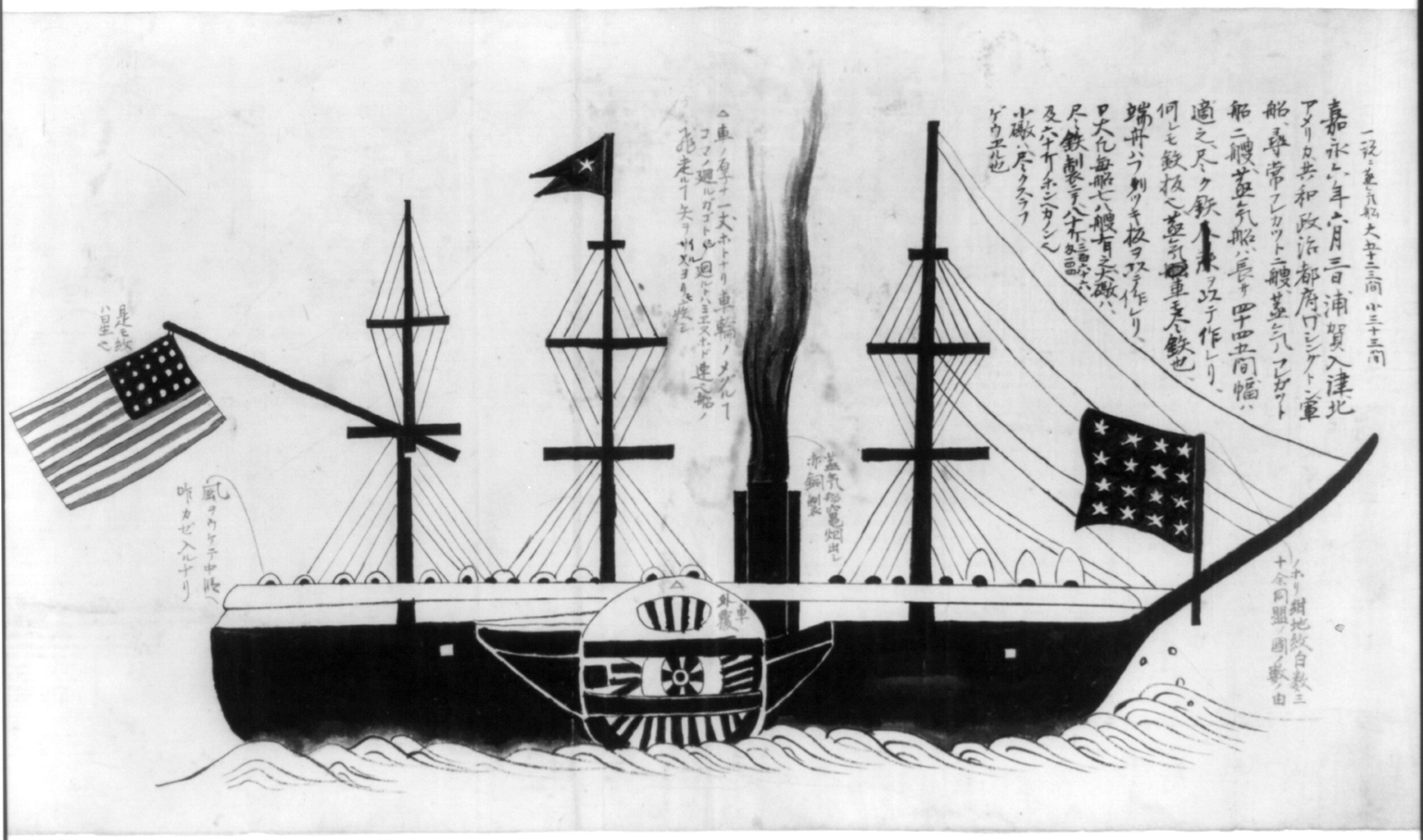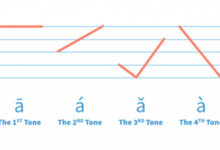
How Did Japanese Diplomats Learn English Post-Black Ships, and How Long Did Fluency Take?
The arrival of Commodore Perry’s “Black Ships” in 1853 marked a pivotal moment in Japanese history, opening the country to Western influence and compelling it to engage in international diplomacy. This sudden exposure necessitated a rapid and effective acquisition of English by Japanese diplomats. This article explores the methods and challenges faced by these early learners, and examines how long it took for them to achieve fluency.
Table of Contents
Historical Context
The term “Black Ships” (黒船, kurofune) refers to the fleet commanded by U.S. Navy Commodore Matthew Perry, which arrived in Japan in 1853 to negotiate the opening of Japanese ports to American trade. This encounter was a significant catalyst for Japan’s modernization and its integration into the global community.
Prior to Perry’s arrival, Japan had been in a period of self-imposed isolation (sakoku) for over two centuries. The sudden need to communicate with Western powers, particularly in English, created an immediate demand for language skills among Japanese diplomats and officials.
Initial Approaches to Learning English
Before the Black Ships, the Japanese had some exposure to Western knowledge through Dutch Studies (rangaku), as the Dutch were the only Europeans allowed limited trade with Japan during the sakoku period. This included some rudimentary learning of Dutch, which served as a foundation for later English acquisition. Dutch merchants provided the initial bridge to Western languages and knowledge.
Following the Black Ships’ arrival, the Japanese government quickly recognized the need for more direct and comprehensive English education. They began to engage with Westerners directly, employing native English speakers to teach diplomats and translating Western texts.
In the 1860s, the Tokugawa shogunate established language schools specifically to teach English and other Western languages. The most notable of these was the Kaisei School, which later became part of Tokyo University. These schools employed foreign teachers and adopted Western educational methodologies, significantly enhancing the language skills of Japanese diplomats.
Methods of Learning
Japanese diplomats were often sent abroad for immersive study programs. These programs were intensive, involving rigorous daily practice in reading, writing, and speaking English. Studying abroad in English-speaking countries provided an environment for rapid learning and cultural assimilation.
Initially, Japanese diplomats relied heavily on translators. However, as their language skills improved, the need for translators decreased. The goal was to achieve sufficient proficiency to engage directly in diplomatic negotiations and correspondence.
Many diplomats took it upon themselves to study English diligently. They used dictionaries, grammar books, and engaged in peer learning. Group studies and discussions were common, fostering a collaborative learning environment.
The Japanese government hired foreign experts, particularly from the United States and Britain, to teach English. These experts provided structured lessons and valuable cultural insights, which were crucial for effective diplomacy.
オンライン 英語 (online English) would not be relevant in that context, as the web-internet and online learning resources were not available.
Challenges Faced
The significant linguistic differences between Japanese and English presented a considerable challenge. Japanese is an agglutinative language with a subject-object-verb order, while English is an analytic language with a subject-verb-object order. This required Japanese learners to rethink their linguistic structure fundamentally.
In the initial stages, resources such as textbooks and dictionaries were scarce. The Japanese had to translate or create their own learning materials, which was a time-consuming process.
Understanding the cultural nuances of English-speaking countries was as important as learning the language itself. Diplomatic success depended on grasping these subtleties to avoid misunderstandings and foster positive relations.
Timeframe to Fluency
Early Proficiency
Achieving basic proficiency in English typically took Japanese diplomats a few years of intensive study. This initial stage involved understanding and using basic vocabulary, grammar, and phrases necessary for everyday communication and simple diplomatic interactions.
Advanced Fluency
Reaching advanced fluency, where diplomats could engage in complex negotiations and understand nuanced discussions, often took several more years. The combination of formal education, practical experience, and immersion in English-speaking environments accelerated this process. On average, it took about five to ten years for a Japanese diplomat to achieve a level of fluency that enabled effective and independent diplomatic engagement.
Continued Importance of English
Japanese diplomats continue to study English intensively, using modern methods and technologies to facilitate learning. The legacy of the Meiji era’s educational reforms can be seen in the structured language programs used today.
Modern technology has revolutionized language learning. Online platforms like AmazingTalker (which is an オンライン 英会話 online english conversation learning platform) provides interactive and flexible learning opportunities for diplomats and other learners. These platforms offer personalized lessons, native-speaking tutors, and a variety of resources to cater to individual learning needs, making the process more efficient and accessible than ever before.
Just as in the past, immersion and practical use of the language are crucial for achieving fluency. Japanese diplomats today often spend time in English-speaking countries, engaging in real-life conversations and professional interactions to refine their language skills.
Conclusion
The journey of Japanese diplomats learning English post-Black Ships was marked by significant challenges and determined efforts. From the initial shock of Western arrival to the establishment of structured language programs, these diplomats demonstrated remarkable resilience and adaptability. Achieving fluency was a gradual process, taking several years of dedicated study and immersion.








